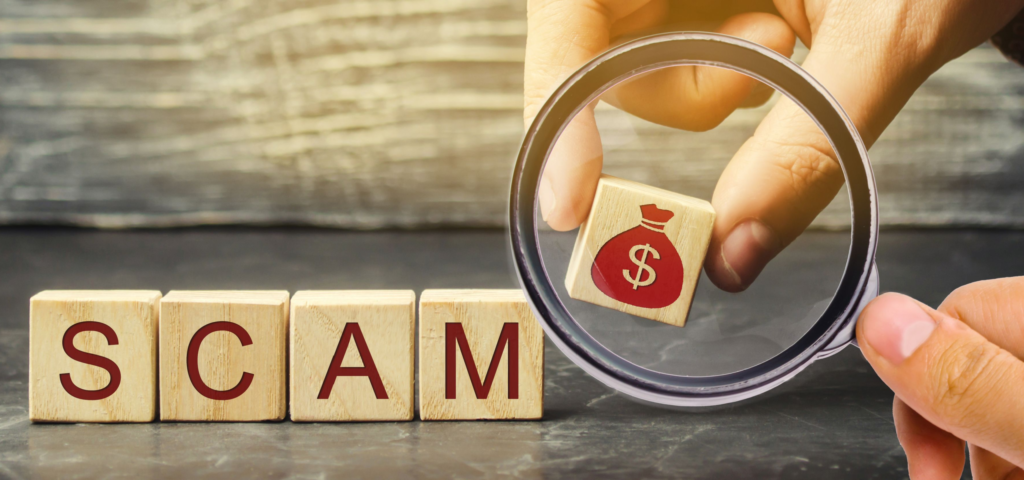New data released
Naturally, people aspire to get the most out of their investments, especially if a great opportunity is presented by a ‘trusted’ organisation. However, investment scams occur more often than you may think, highlighting the risk both self-directed investors and SMSF trustees may potentially face when seeking new investment opportunities.
New data released from Scamwatch Australia has reinforced the sophistication and rapidly growing number of scams each year in Australia – which has caused a loss of over $2 billion* in total in 2021 – $701 million of which is related to investment scams. It is extremely important for you to remain vigilant and reach out to me, your trusted SMSF professional, before investing your retirement savings in a new product or service.
*ACCC Targeting Scams Report July 2022
What does the 2021 data reported to Scamwatch Australia tell us?
During 2021, the average monetary value lost to scams has increased by 66%. Scammers have become more sophisticated in their approach, claiming to be from well-known investment organisations or government bodies, with the aim of extracting personal information from an individual.
Combined losses to investment scams have caused the most financial harm to the Australian population throughout 2021, climbing 135% to $701 million lost. Advancements in both technology and software design allow scammers to recreate websites to look identical to an actual organisation’s site, meaning it is becoming increasingly difficult to identify what is a scam and what isn’t.
Cryptocurrency investment scams reported $99 million lost in 2021. The increased popularity of cryptocurrency continues to see a surge in reported losses to investment scams. Also as cryptocurrency becomes the preferred method of payment across all types of scams, the perceived anonymity of unregulated cryptocurrencies can make it harder to recover funds or identify scammers.
Older Australians (65+) are often more at risk having lost almost $82 million in 2021, more than any other age group. In 2021, a clear trend emerged with losses increasing with age, as the older population is often targeted by scammers as they are perceived to have more accumulated wealth.
The top contact methods used by scammers include phone (50%), text message (23%), email (14%), internet (4%) and social networking (4%)*. Scammers will often inject a sense of urgency into their messaging, propose threats (particularly with tax scams), and request personal and banking information.
*Scamwatch Australia Targeting scams report 2021
What should you do if you suspect a scam?
If someone attempts to scam you, there are several things you can do:
- Report the scam to Scamwatch Australia – scamwatch.gov.au/report-a-scam or ReportCyber – Report | Cyber.gov.au immediately.
- Do not provide any personal information that will allow a scammer to impersonate and retrieve your funds.
- Do not click on links you have received via text or email that have a substantial number of letters and numbers.
- If you have lost money to a scam, contact your financial institution immediately.
- If you have provided personal information and you are concerned your identity may be compromised, you can contact IDCARE for free support on 1800 595 160.
- Consider contacting the organisation the suspected scammer claims to work for – the organisation may be able to confirm your suspicions.
If you have been scammed or believe you have been scammed, you shouldn’t feel embarrassed or ashamed. Financial scams are now crimes which are occurring regularly with the latest Optus data breach only highlighting how many scams are very sophisticated and professional. Even very experienced investors have lost money to scams emphasizing how it is more important than ever, to discuss the risk of scams with family, friends, and peers.
How can we help?
If you need assistance or if you have any questions on how we can help you with your super, don’t hesitate to reach out to us.
Please book a FREE discovery call with Natalia Clack here.

